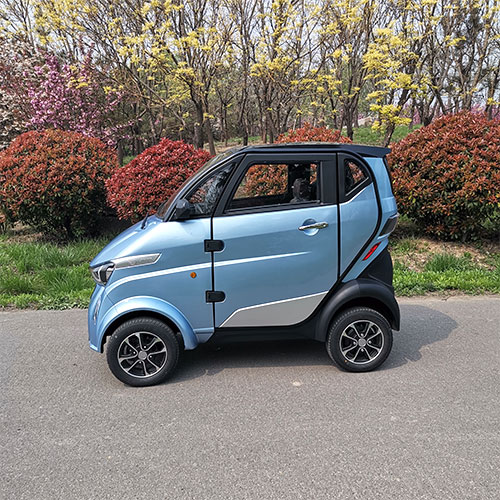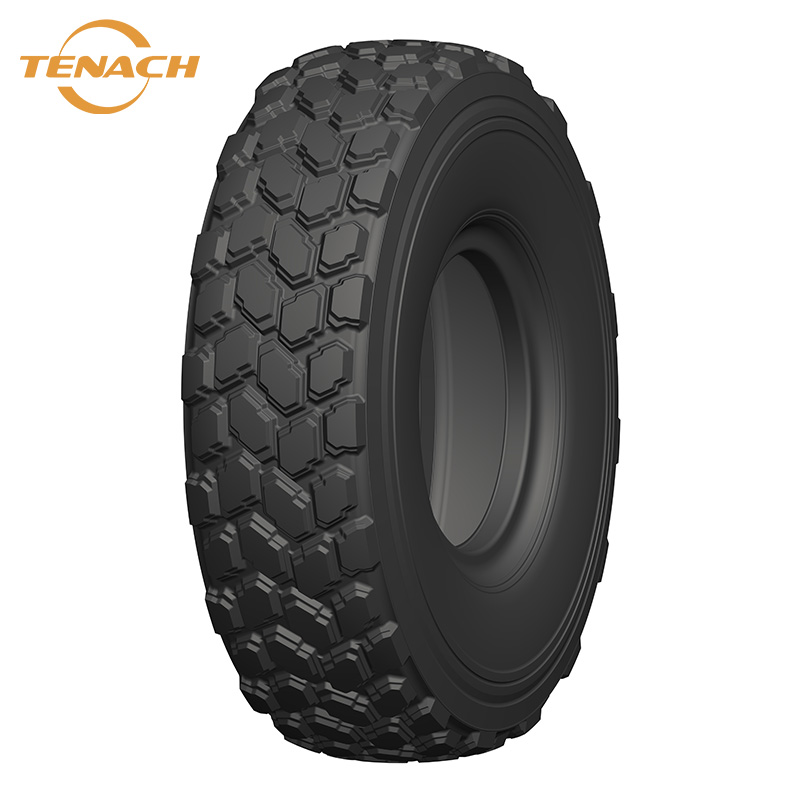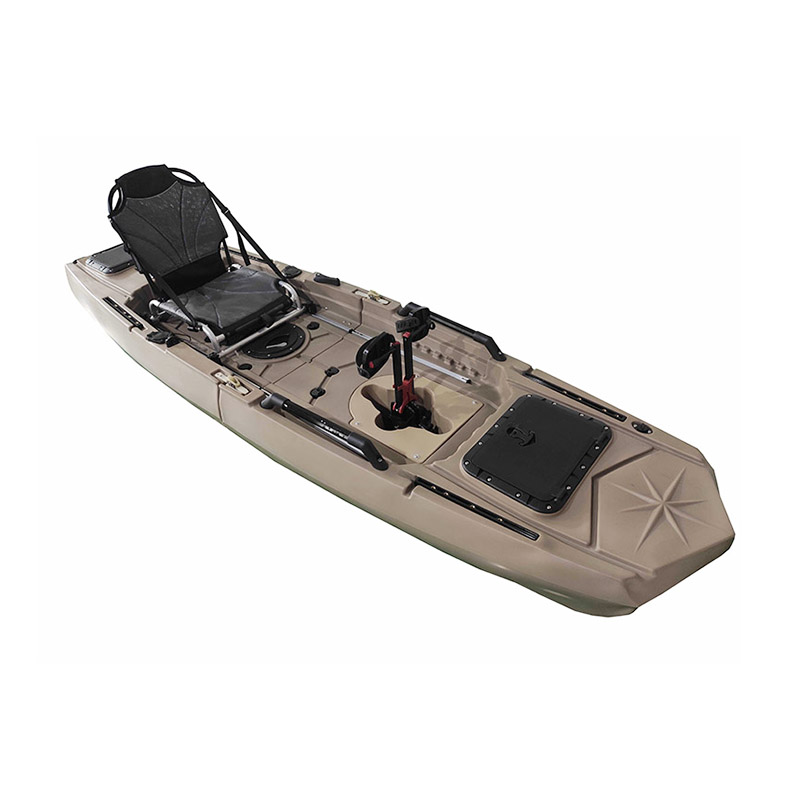Handicapped Person Electric Vehicle
A handicapped person electric vehicle, also known as a mobility scooter or electric wheelchair, is a specialized vehicle designed to provide mobility and independence to individuals with disabilities or limited mobility. These electric vehicles are specifically designed to accommodate the needs of i......
Send Inquiry
Product Description
A handicapped person electric vehicle, also known as a mobility scooter or electric wheelchair, is a specialized vehicle designed to provide mobility and independence to individuals with disabilities or limited mobility. These electric vehicles are specifically designed to accommodate the needs of individuals with physical impairments and offer an alternative to traditional manual wheelchairs.
Here are some key features and considerations related to handicapped person electric vehicles:
1. Electric Powertrain: Handicapped person electric vehicles are powered by electric motors. The electric motors provide propulsion, allowing individuals with limited mobility to move around independently without relying solely on their physical strength.
2. Mobility and Accessibility: These vehicles are designed to provide easy access and maneuverability for individuals with disabilities. They often have a compact and ergonomic design, making them suitable for both indoor and outdoor use. Some models may have features like adjustable seats, armrests, and control systems tailored to individual needs.
3. Battery Range and Charging: The range of handicapped person electric vehicles depends on the battery capacity and the terrain. It is important to consider the daily travel needs of the individual and choose a vehicle with a sufficient range. The vehicles can be charged by plugging them into a standard electrical outlet, and some models may have removable battery packs for convenient charging.
4. Safety Features: Handicapped person electric vehicles are equipped with safety features to ensure the well-being of the user. These may include features such as anti-tip wheels, adjustable speed limits, automatic braking systems, and safety belts or harnesses.
5. Customization and Accessories: Handicapped person electric vehicles can often be customized with various accessories to meet individual requirements. Examples include additional storage compartments, lighting systems, and alternative control options for individuals with limited hand dexterity.
6. Legal Considerations: Different countries and regions have regulations governing the use of handicapped person electric vehicles, including speed limits and specific areas where they are allowed to operate. It's important to familiarize oneself with local laws and regulations to ensure compliance and safe usage.
7. Maintenance and Service: Regular maintenance and servicing are essential to keep handicapped person electric vehicles in good working condition. This may involve inspecting and maintaining the battery, tires, brakes, and other components as recommended by the manufacturer.
When selecting a handicapped person electric vehicle, it's important to consider factors such as the individual's specific mobility needs, the terrain where the vehicle will be used, battery range, weight capacity, and any additional features or accessories required.
Handicapped person electric vehicles provide individuals with limited mobility the opportunity to enhance their independence and quality of life. They can significantly improve accessibility and mobility, allowing individuals to move around with ease and participate in various activities.










